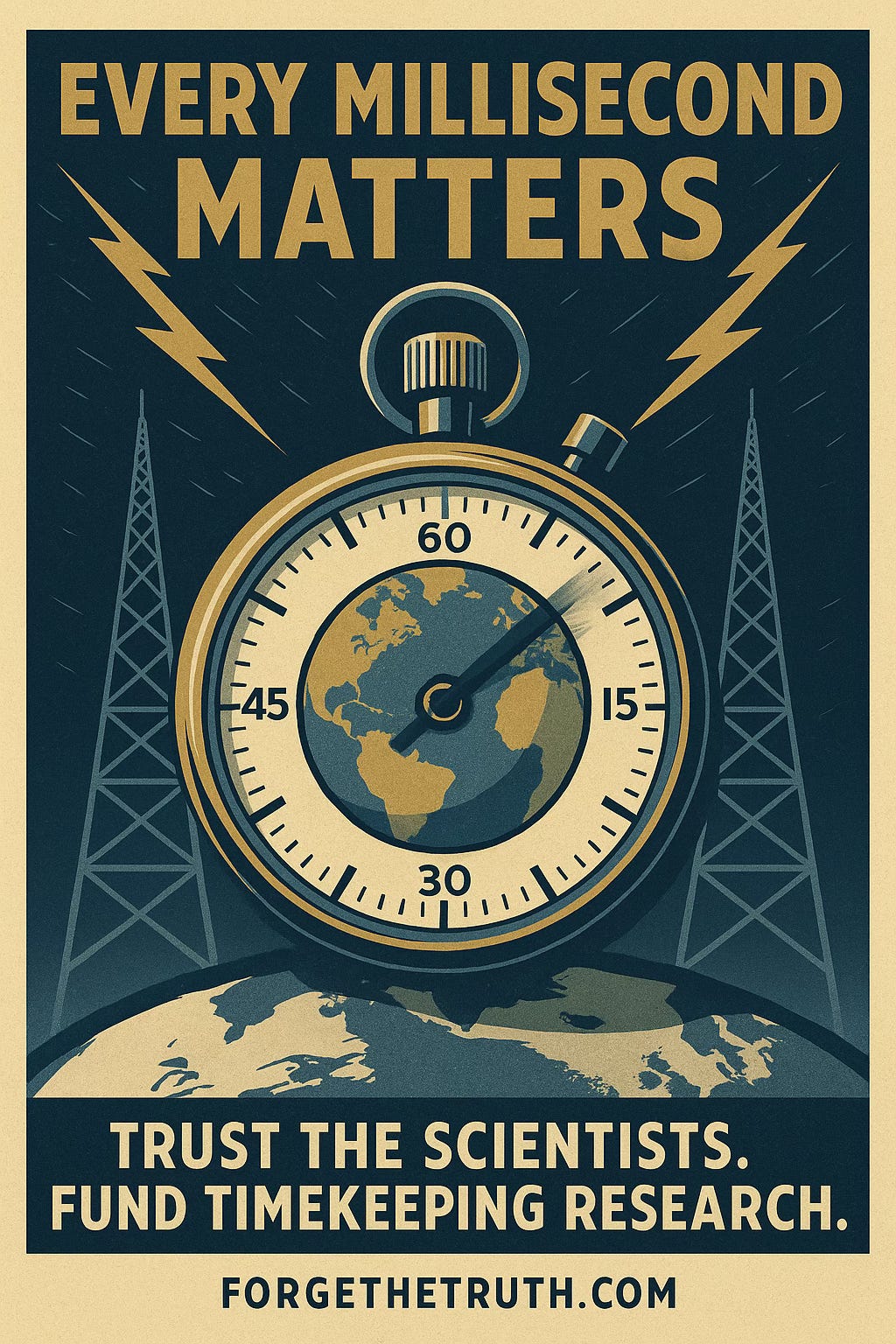Greenwich, United Kingdom · July 9 2025
Something curious happened today. According to ultra-precise atomic clocks at the National Physical Laboratory in London, the planet spun about 1.3 – 1.6 milliseconds faster than the textbook 86,400 seconds that make up a civil day, edging past the record set on 5 July 2024 (AP News). No one overslept, yet this sliver of lost time is enough to make the guardians of global timekeeping sit up straight. They’re already bracing for two more speed-runs, 22 July and 5 August, thanks to an uncommon alignment of Moon, Sun, oceans, and molten iron.
Why is Earth in such a hurry?
The headline villain is lunar geometry. When the Moon reaches its highest declination, its gravitational brake on the equator loosens and Earth spins a hair faster (timeanddate.com explainer). Seasonal reshuffling of mass adds another nudge: monsoon rains, summer foliage, and shifting jet streams slide water and air closer to, or farther from, the axis, just as a skater speeds up by tucking in her arms.
Deeper down, the core and mantle exchange angular momentum in slow, rhythmic pulses that last years to decades (JPL length-of-day data). Climate change layers on subtler effects. Melting ice normally slows the spin, yet large-scale ground-water pumping appears to counteract that drag, possibly delaying the first negative leap second until 2029, according to Nature (Nature News). Earthquakes and volcanoes add microsecond-scale hiccups, dramatic but too scattered to guide the current trend.
The delicate dance of UTC and UT1
Civil clocks run on Coordinated Universal Time (UTC), stitched together by more than 450 atomic clocks. Astronomers watch Universal Time (UT1), which follows the planet’s true rotation. When the gap between the two nears 0.9 seconds, the International Earth Rotation & Reference Systems Service (IERS Bulletin C) inserts a leap second at 23 h 59 m 60 s to bring them back together. All 27 interventions since 1972 have added time.
If Earth keeps sprinting, UTC will soon lag behind UT1. The cure would be a negative leap second: clocks would skip from 23 h 59 m 58 s straight to midnight. Engineers wince at the thought. Software that survives an extra second has rarely been tested for subtracting one, and the “smearing” tricks now used to glide past a positive leap second don’t run in reverse (Scientific American).
A simmering standards fight
In 2022 the General Conference on Weights and Measures quietly voted to abolish leap seconds by 2035 (Phys.org). Tech giants cheered; many astronomers groaned. If a negative leap second becomes unavoidable before then, regulators must decide whether to risk the cut once or scrap leap seconds early.
What happens next?
Timekeepers monitor the daily DUT1 bulletins. If the gap crosses –0.6 seconds, halfway to crisis, the debate turns urgent. July’s and August’s length-of-day figures will reveal whether today was an oddity or the front edge of a faster-spinning phase. The issue lands on the late-2025 ITU-R agenda, where telecom regulators will weigh the cost of deleting a second against the promise of a leap-second-free future.
Every tap, swipe, GPS fix, and stock trade assumes our clocks and our planet march in lockstep. When Earth sprints ahead, the entire digital edifice shudders by a millisecond—just enough to remind us who truly keeps the time.
Call to action
Trust the scientists. Fund the quiet craft of time-keeping research.

